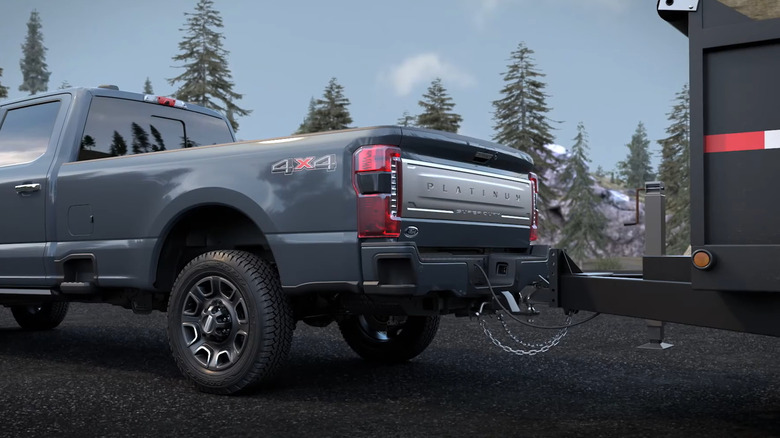What Is a Smart Hitch and How Does It Aid Towing?

Understanding Towing Packages in Modern Pickup Trucks
When shopping for a new pickup truck, there are numerous factors to consider, such as cab size, bed dimensions, and engine power. However, if your goal is to use the vehicle for hauling heavy equipment or camping gear, the towing package becomes a critical aspect of your decision-making process. With modern trucks becoming increasingly powerful and technologically advanced, it's essential to understand which features best suit your specific needs.
Many manufacturers have introduced innovative technologies to enhance the towing experience. For example, Toyota has developed Touchless Towing, a feature that simplifies the process of connecting and disconnecting trailers. Meanwhile, Ford has taken a more practical approach with its Smart Hitch feature, which focuses on improving safety and efficiency when loading and transporting cargo.
Ford's Smart Hitch: A Game-Changer for Towing
Ford first introduced the Smart Hitch feature in 2021, initially available on the long-running F-150 pickup. Since then, the technology has been expanded to models like the F-250 and various Super Duty builds. This feature is typically included as part of an upgraded towing package, often paired with Ford's Onboard Scales option, which adds an extra $650 to the cost.
The combination of these two features is not coincidental. The Onboard Scales work in tandem with the Smart Hitch to provide accurate measurements of the trailer's weight and balance. This integration allows drivers to make informed decisions about how to distribute their load before hitting the road.
How Smart Hitch Enhances the Towing Experience
Smart Hitch uses sensors to measure the tongue weight of the trailer you're attaching to the hitch. These readings help you assess how balanced the weight is from the trailer onto the truck’s hitch and front axle. By adjusting the distribution of items in the trailer, you can reduce stress on your vehicle and minimize trailer movement while driving.
Balancing your load also contributes to better fuel efficiency and engine performance. When the weight is properly distributed, your truck operates more smoothly, reducing wear and tear over time.
To ensure accuracy, the Smart Hitch requires the vehicle to be turned on with the tires straight and inflated to the recommended PSI. Additionally, the truck must be on a level surface. Once these conditions are met, follow the instructions displayed on the in-dash screen to set up the Smart Hitch parameters. If you need further assistance, refer to your vehicle’s Owner’s Manual.
Key Considerations for Towing
While exploring different towing packages, it's important to understand the difference between a vehicle's towing capacity and its maximum tongue weight. These two metrics are directly related and play a significant role in determining how safely and efficiently you can transport your load.
Towing capacity refers to the maximum weight the vehicle can pull, while tongue weight is the downward force exerted by the trailer on the hitch. Properly balancing these elements ensures optimal performance and safety during your travels.
Staying Informed on Automotive Innovations
As technology continues to evolve, so do the features available in modern pickup trucks. Staying informed about the latest advancements can help you make smarter choices when purchasing or upgrading your vehicle. Whether you're interested in smart towing solutions or other high-tech features, keeping up with industry trends ensures you get the most out of your investment.